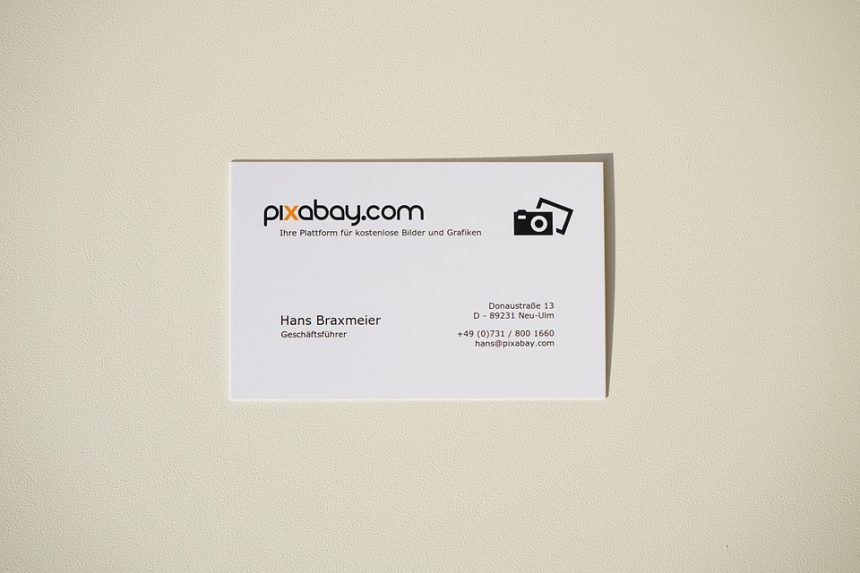Market research has long been synonymous with surveys and questionnaires. While these traditional methods continue to provide valuable insights, the industry is undergoing a transformation driven by innovative tools and technologies. The landscape is evolving, as businesses seek more effective ways to gather genuine consumer insights, understand behavior, and predict trends. Here, we explore several groundbreaking tools reshaping the market research toolkit, moving beyond traditional surveys to harness the potential of data analytics, artificial intelligence, and immersive technologies.
1. Big Data Analytics
The advent of big data has revolutionized the market research field. Companies now have access to vast amounts of data from numerous sources, including social media, transaction records, and customer interactions. Advanced analytics tools can process and analyze this data at scale, uncovering patterns and trends that traditional surveys might miss. For instance, sentiment analysis of social media discussions can offer real-time insights into brand perceptions, allowing businesses to respond more quickly to consumer sentiment shifts.
2. Artificial Intelligence (AI) and Machine Learning
AI and machine learning algorithms are increasingly being deployed in market research to improve predictive analytics and consumer behavior modeling. These technologies can analyze consumer data, recognize patterns, and provide forecasts on future buying behaviors with remarkable accuracy. For example, AI-driven tools can segment audiences based on behavior rather than demographics alone, allowing brands to tailor their marketing efforts more effectively. Additionally, chatbots powered by AI can engage consumers directly, collecting qualitative insights through conversational interfaces.
3. Social Listening Tools
Social listening tools allow companies to monitor online conversations across social media platforms, blogs, forums, and review sites. By tracking keywords and analyzing user interactions, businesses can gain real-time insights into public opinion about their brand, product launches, competitors, and industry trends. This proactive approach to understanding customer sentiment is invaluable in shaping marketing strategies and improving customer engagement.
4. Mobile Ethnography
Mobile ethnography is an innovative qualitative research method that leverages smartphones to allow participants to share their experiences in real-time. Researchers can ask respondents to capture their thoughts, feelings, and behaviors through videos, photos, and text while they navigate daily life. This immersive approach delivers richer, more context-aware insights compared to traditional focus groups or interviews, enabling brands to better understand consumer journeys and pain points.
5. Virtual Reality (VR) and Augmented Reality (AR)
Emerging technologies like VR and AR are pushing the boundaries of market research by offering immersive experiences for consumers. Brands can use VR to create simulated environments where participants can interact with products in a controlled setting, providing valuable feedback on usability, design, and overall experience. AR, on the other hand, allows consumers to see how products would look in their own environment before making a purchase decision. Both technologies offer innovative ways to test concepts and gauge consumer reactions, ultimately enhancing product development processes.
6. Online Communities and Crowdsourcing
Building online communities has become a popular method for ongoing engagement with target audiences. Brands can create dedicated platforms where consumers can share opinions, provide feedback, and discuss topics of interest. Such communities facilitate deeper interactions compared to traditional surveys, enabling brands to gather qualitative insights in a collaborative environment. Crowdsourcing tools also encourage consumers to participate in ideation and innovation, empowering them to contribute directly to product development.
7. Data Visualization Tools
With the increasing volume of data available to market researchers, effective data visualization has become crucial. Modern visualization tools can transform complex data sets into intuitive, shareable graphics and dashboards, making it easier for decision-makers to identify key trends and insights. Visual storytelling can enhance communication with stakeholders, fostering a data-driven culture within organizations.
Conclusion
The landscape of market research is rapidly shifting, fueled by technological advancements and changing consumer behaviors. Beyond traditional surveys, innovative tools are offering new ways to gather insights and foster engagement. Companies that embrace these changes will be better positioned to understand their audiences, anticipate market trends, and drive growth. As the industry continues to evolve, staying abreast of these innovations will be essential for researchers and businesses striving to maintain a competitive edge. In a world overflowing with data, how we harness that data will define the future of market research.




